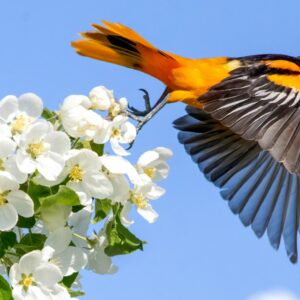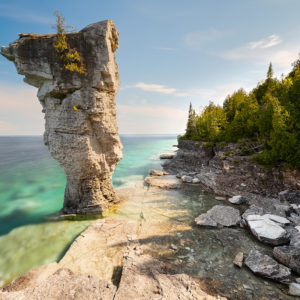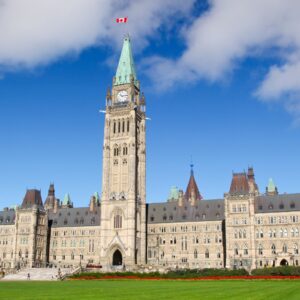National Nature Group Pleased With Next Step Toward Protecting Important Canadian Arctic Island
National Nature Group Pleased With Next Step Toward Protecting Important Canadian Arctic Island
April 27, 2010 (Ottawa) – Nature Canada is pleased that Minister Prentice and the Qikiqtani Inuit Association (QIA) are moving closer toward the establishment of Northern Bathurst Island National Park in Nunavut. Today’s announcement signals the beginning of negotiations of an Inuit Impact and Benefit Agreement around the park designation. Nature Canada also acknowledges the exclusion of an area of high mineral and hydrocarbon potential along the park’s eastern border as a reasonable compromise to make this important arctic conservation milestone a reality.
“Today’s announcement signals an important step forward in the protection of the western high arctic region,” said Ian Davidson, Nature Canada’s Executive Director. “Nature Canada has pushed for this park for over 20 years and recognizes the critical conservation value of the area.”
The Northern Bathurst Island area is home to several threatened species, including Peary caribou, Ivory Gull and Ross’s Gull, and is currently unrepresented in Canada’s national parks network. Several smaller islands surrounding Northern Bathurst are also nationally significant Important Bird Areas (IBAs) due to rare breeding colonies of Ivory and Ross’s gull species. Nature Canada and Bird Studies Canada oversee over 600 IBAs in Canada on behalf of Birdlife International.
More than a decade of planning and negotiations precede today’s announcement and Nature Canada looks forward to upcoming public consultations on park boundary options.
“We recognize the role of the excluded area in advancing this long-awaited protected area, and we thank the Mining Association of Canada and its members for withdrawing their claims to help make the park a reality,” Davidson adds. “We’re hopeful that the forthcoming boundary options will include protection of two key important bird areas to the north and east of the island, adding to the new park’s role as a safe-haven for endangered arctic wildlife.”
A Territory-wide land use planning process is currently underway in Nunavut, which has identified the proposed national park and offshore IBAs as important wildlife areas. The new park, once designated, will abut the Polar Bear Pass National Wildlife Area, an internationally significant “arctic oasis” that is important for breeding waterfowl and shorebirds, wintering Peary caribou and muskoxen and denning polar bear. An adjacent national park would enhance existing protections for these and other species as well as their habitat.
An existing migratory bird sanctuary protects Ivory Gulls and their nests on Seymour Island but affords little protection to their habitat. Find out more about Seymour and Cheyne Islands and other important bird habitats by visiting the national Important Birds Areas website at www.ibacanada.ca.
Images of the region’s unique wildlife are available upon request.
For more information, contact:
Mara Kerry, Director of Conservation
Nature Canada
613-562-3447 ext. 238
mkerry@naturecanada.ca
Chris Sutton, Director of Communications
Nature Canada
(613) 562-3447 ext. 248
(613) 323-3331 (cell)
csutton@naturecanada.ca



